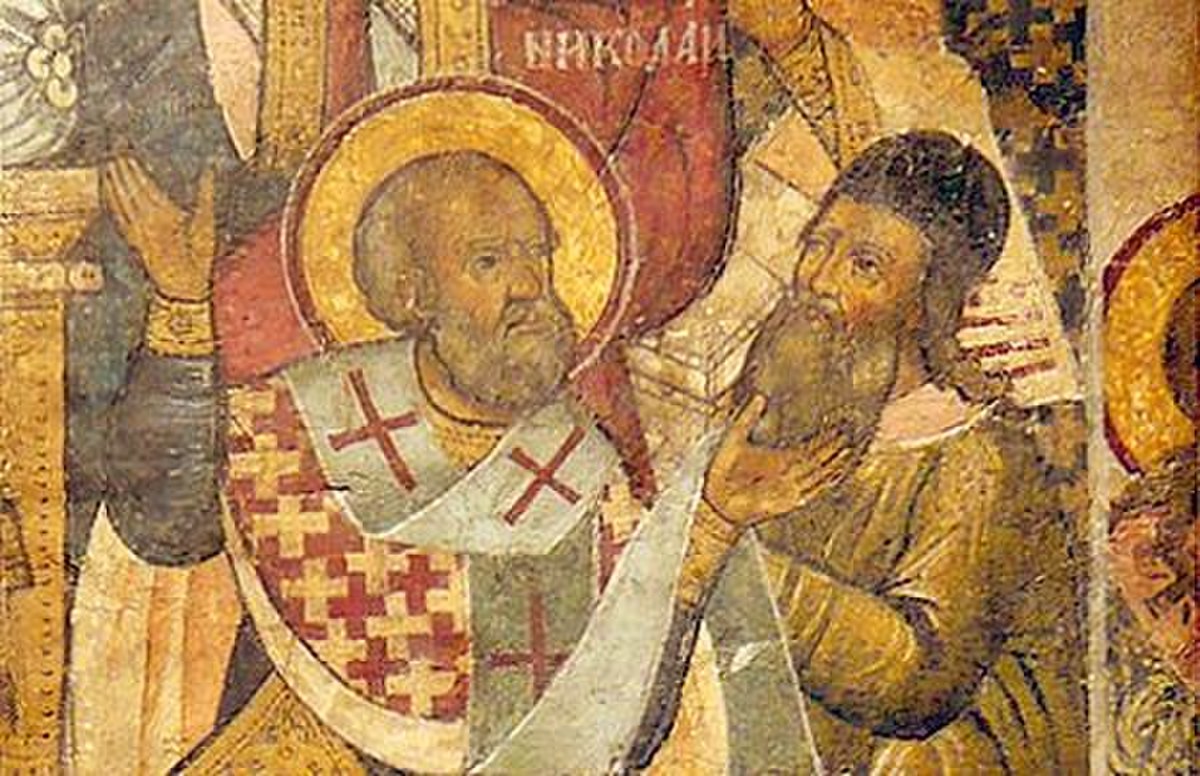
Council of Hieria
Fenerbahçe, Kadıköy/İstanbul,The iconoclast Council of Hieria was a Christian council of 754 which viewed itself as ecumenical, but was later rejected by the Second Council of Nicaea (787) and by Catholic and Orthodox churches, since none of the five major patriarchs were represented in Hieria.
The Council of Hieria was summoned by the Byzantine Emperor Constantine V in 754 in the palace of Hieria at Chalcedon. The council supported the emperor's iconoclast position in the Byzantine iconoclasm controversy, condemning the spiritual and liturgical use of iconography as heretical.
Opponents of the council described it as the Mock Synod of Constantinople or the Headless Council because no patriarchs or representatives of the five great patriarchates were present: the see of Constantinople was vacant; Antioch, Jerusalem and Alexandria were under Islamic dominion; while Rome was not asked to participate. Its rulings were anathematized at the Lateran Council of 769 before being overturned almost entirely by the Second Council of Nicaea in 787, which upheld the orthodoxy of and endorsed the veneration of holy images.
